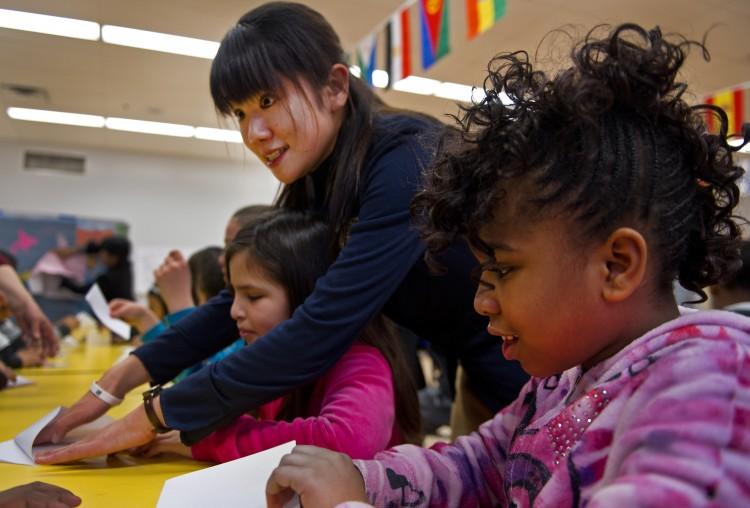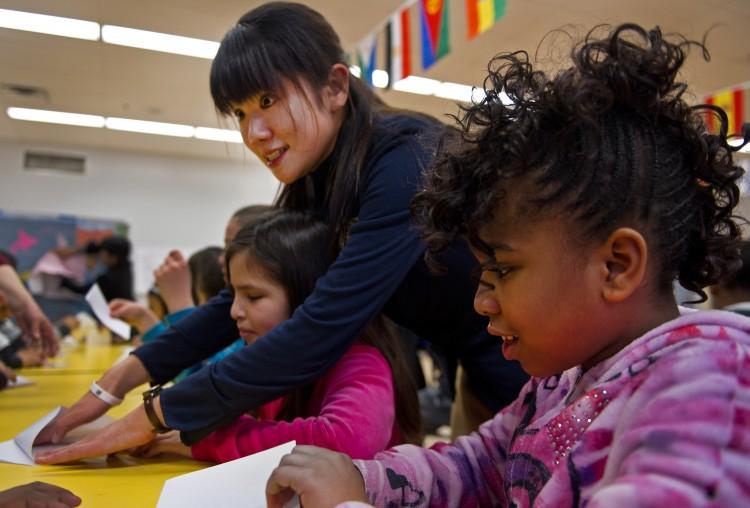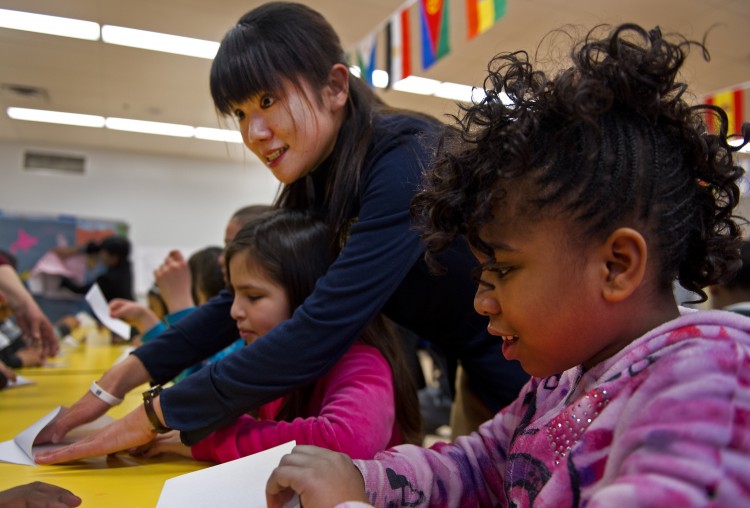For the past few years, new and nationwide learning standards have been in the making for K–12 schools and students, and this year, the Common Core State Standards (CCSS) are making their debut in the classroom.
A bit mysterious, the CCSS were originally to be created in 2009. The National Governors Association (NGA) and the Council of Chief State School Officers (CCSSO) agreed that K–12 students needed to be better prepared for college and work, that there needs to be consistency in learning between states, and that students need more rigorous content.
At the start of the 2012 school year, 45 states and 3 territories decided to jump on board with the new standards.
Michelle Koopman, a reading specialist at a school for prekindergarten through second grade, said to The Epoch Times that she thinks the standards are simple in some ways but difficult in others when compared to the previous standards.
“There are fewer standards in reading,” said Koopman, as there are only a handful of reading standards.
“Through reading a diverse array of classic and contemporary literature as well as challenging informational texts in a range of subjects,” states the CCSS website, “students are expected to build knowledge, gain insights, explore possibilities, and broaden their perspective.”
Within the reading standards is a definition of what the students should know and be able to do, but there is not a description for how a teacher should teach, states the CCSS website.
“For instance, the use of play with young children is not specified by the standards, but it is welcome as a valuable activity in its own right and as a way to help students meet the expectations,” states the website.
Koopman said they are working on how to teach the standards in the classroom. “They don’t describe how a school will get a child there, so as teachers we have to look at the standards and sort of break them apart to figure out: What does that mean for kindergarteners? What does that mean for a first-grader?”
One of the CCSS writing standards, for example, is for one-third of first graders’ writing to be persuasive writing, where they state their opinion, give some reason, and have some sort of closure, said Koopman.
“So we are trying to think: How do you do that in a way that is fun for first grade and developmentally appropriate for first grade?” said Koopman.
At the school where Koopman teaches, they have a television studio were second-graders do a morning announcement, and they are thinking of having an additional news segment where first-graders write a piece in their book recommendations—it would be authentic, with purpose, expressing an opinion, and persuasive.
Koopman said that she thinks teachers seem to like the CCSS.
“The old standards were very skill-based, and these have more of an integration of we are reading about our science topics or we are writing about a science experiment we did,” said Koopman.
“It is much more focused on the real world—on what adults do in the real world. It is getting kids better prepared in what they will encounter when they go to work or college,” said Koopman. “It is more authentic for what really happens in the world, instead of having all the subjects separated and skills on the worksheets.”
Neither the NGA nor the CCSSO were reachable for comment on the CCSS.
The Epoch Times publishes in 35 countries and in 19 languages. Subscribe to our e-newsletter.







